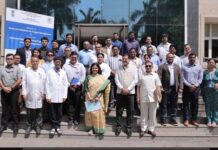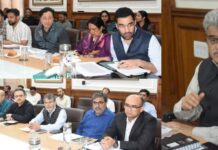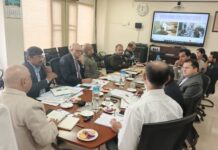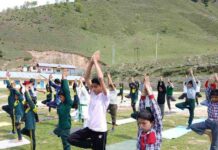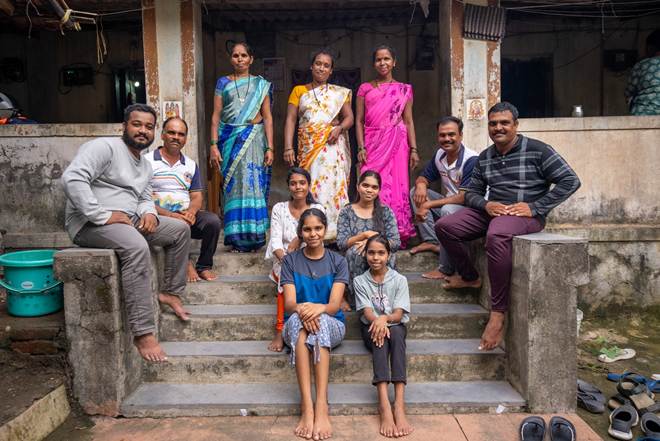APRIL 1: In the coastal village of Navghar, the once-barren shores are now a testament to the power of environmental restoration and community collaboration. Vandana Patil, a resident of the village, recalls a time when the sea generously offered a rich catch of crabs and fish. But over the years, that abundance faded, leaving the community in distress. “Earlier, we used to see unpredictable crab and fish catch and had to rely on other sources of livelihoods,” she says, her voice heavy with years of uncertainty.
The root cause of this decline was clear: the unchecked destruction of mangroves. These towering green guardians, which once anchored the land and provided shelter for marine life, were rapidly disappearing. As the mangroves vanished, so did the community’s livelihood. Yet, many in Navghar were unaware of the vital connection between mangrove ecosystems and their way of life.
In response to this crisis, a transformative initiative was launched by the Government of India, in partnership with the Green Climate Fund and the UNDP. The project, aimed at enhancing climate resilience in coastal communities, focuses on conserving and restoring marine ecosystems, with a particular emphasis on mangroves. Operational across three coastal states—Andhra Pradesh, Maharashtra, and Odisha—the initiative also aims to create climate-resilient livelihoods.
Navghar emerged as a symbol of this change. In 2021, the project established a Mangrove Co-Management Committee, bringing together village members, the Gram Panchayat, and women’s Self-Help Groups (SHGs). The mission was clear: protect the mangroves and revive local livelihoods. Women, often the most affected by economic instability, were placed at the forefront of this effort.
Through structured training programs, women in the community learned sustainable crab farming techniques, leading to the creation of new livelihood groups such as Healthy Harvest and Wild Crab Aqua Farm. These groups now farm mud crabs on two acres of coastal land while ensuring the protection of mangroves from illegal cutting. The impact of these efforts has been immediate and profound.
“Through our campaigns and drives, we have raised awareness about mangroves and their link to healthy fish catch and livelihoods,” explains Rohan Patil, president of the Mangrove Co-Management Committee. “People no longer see them as just trees—they see them as protectors of our land and our future.”
By 2023, the transformation in Navghar was evident. The mangroves had grown back, providing a buffer against erosion and storms, while the waters teemed with marine life once again. The benefits of the project extended beyond environmental restoration. “The project helped us a lot,” shares Vandana. “Earlier, women worked only seasonally. Now, we have employment throughout the year. Besides, earlier we had to travel far and wide for crab farming; now, we can do it locally.”
Navghar’s success is a shining example of how environmental conservation and sustainable livelihoods can go hand in hand, offering hope to coastal communities across India.


